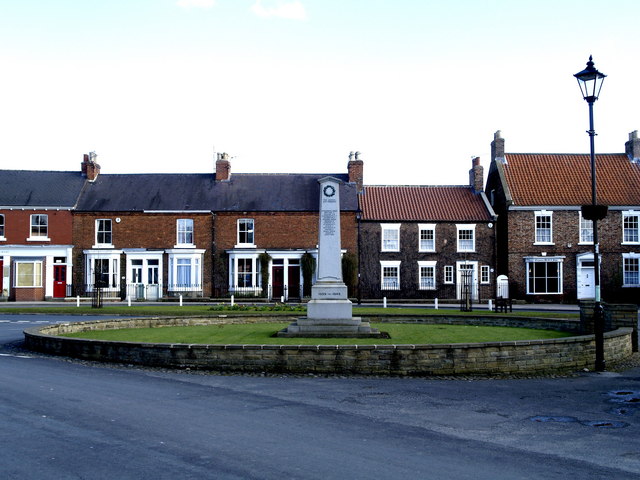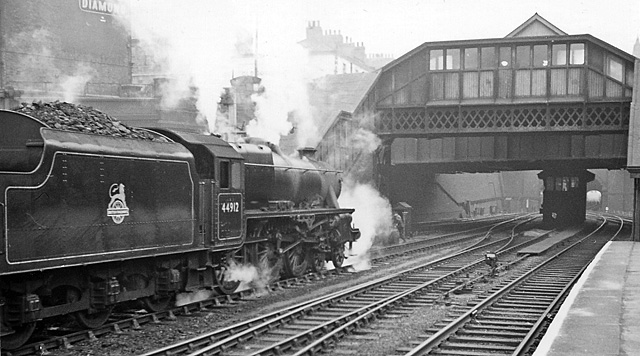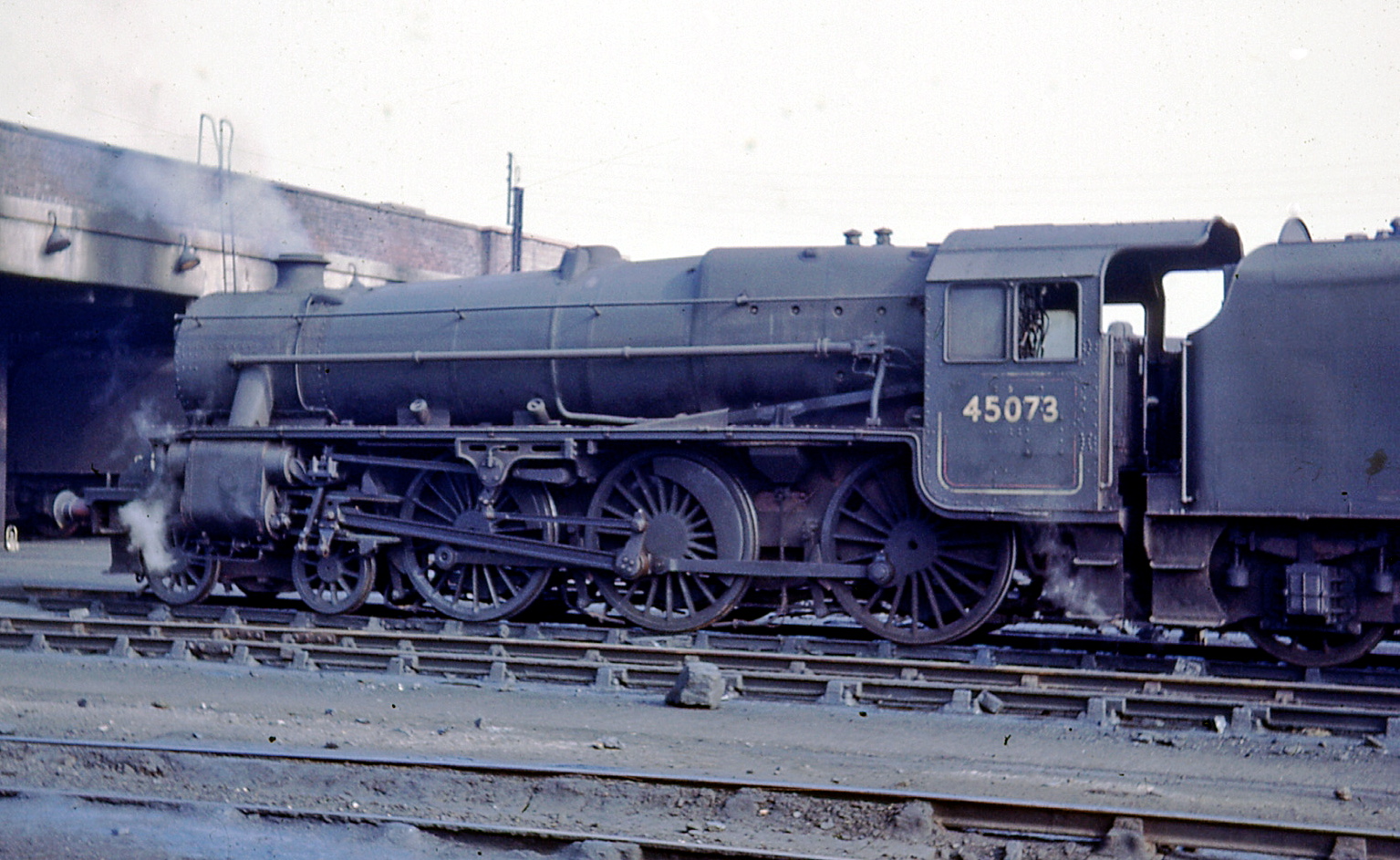|
Dukeries Junction Railway Station
Dukeries Junction, originally Tuxford Exchange, was a railway station near Tuxford, Nottinghamshire, England. The station opened in 1897 and closed in 1950. It was located at the bridge where the Lancashire, Derbyshire and East Coast Railway crossed over the East Coast Main Line (ECML), with sets of platforms on both lines. The high-level location is now part of the High Marnham Test Track. Variations There were three Tuxford stations, though none was very near the centre of the town. They were: *Dukeries Junction, at the bridge carrying the Lancashire, Derbyshire and East Coast Railway over the Great Northern Railway main line, *, one mile west of the bridge over the ECML, and *, half a mile north of the bridge over the ECML. Context The station was jointly opened by the LD&ECR and GNR on 1 June 1897. It was originally called "Tuxford Exchange", being situated where the LD&ECR's main line from Chesterfield Market Place to Lincoln (later Lincoln Central) crossed over the ... [...More Info...] [...Related Items...] OR: [Wikipedia] [Google] [Baidu] |
Tuxford
Tuxford is a historic market town and a civil parish in the Bassetlaw District, Bassetlaw district of Nottinghamshire, England. At the 2001 census, it had a population of 2,516, increasing to 2,649 at the 2011 census. Geography Nearby towns are Ollerton, Nottinghamshire, Ollerton, Retford, Worksop, Mansfield and Newark-on-Trent. The nearest cities are Lincoln, England, Lincoln and Nottingham. The town is located near the border with Lincolnshire in The Dukeries. The A6075 passes through east–west and connects the A57 road, A57 to Ollerton and Mansfield. The East Coast Main Line passes close to the east. The A611 previously went east–west through the town; this is now the A6075; the A611 now goes from Mansfield to Hucknall. The Great North Road (United Kingdom), Great North Road runs through the town (now B1164), though the majority of traffic now uses the modern A1 road (Great Britain), A1 trunk road, which splits the town in two. The town was bypassed in 1967. The se ... [...More Info...] [...Related Items...] OR: [Wikipedia] [Google] [Baidu] |
British Rail
British Railways (BR), which from 1965 traded as British Rail, was a state-owned company that operated most of the overground rail transport in Great Britain from 1948 to 1997. It was formed from the nationalisation of the Big Four British railway companies, and was privatised in stages between 1994 and 1997. Originally a trading brand of the Railway Executive of the British Transport Commission, it became an independent statutory corporation in January 1963, when it was formally renamed the British Railways Board. The period of nationalisation saw sweeping changes in the railway. A process of dieselisation and electrification took place, and by 1968 steam locomotives had been entirely replaced by diesel and electric traction, except for the Vale of Rheidol Railway (a narrow-gauge tourist line). Passengers replaced freight as the main source of business, and one-third of the network was closed by the Beeching cuts of the 1960s in an effort to reduce rail subsidies. On privatis ... [...More Info...] [...Related Items...] OR: [Wikipedia] [Google] [Baidu] |
Nottingham
Nottingham ( , East Midlands English, locally ) is a city status in the United Kingdom, city and Unitary authorities of England, unitary authority area in Nottinghamshire, East Midlands, England. It is located north-west of London, south-east of Sheffield and north-east of Birmingham. Nottingham has links to the legend of Robin Hood and to the lace-making, bicycle and Tobacco industry, tobacco industries. The city is also the county town of Nottinghamshire and the settlement was granted its city charter in 1897, as part of Queen Victoria's Diamond Jubilee celebrations. Nottingham is a tourist destination; in 2018, the city received the second-highest number of overnight visitors in the Midlands and the highest number in the East Midlands. In 2020, Nottingham had an estimated population of 330,000. The wider conurbation, which includes many of the city's suburbs, has a population of 768,638. It is the largest urban area in the East Midlands and the second-largest in the Midland ... [...More Info...] [...Related Items...] OR: [Wikipedia] [Google] [Baidu] |
Easingwold
Easingwold is a market town, electoral ward and civil parish in the Hambleton District in North Yorkshire, England. Historically, part of the North Riding of Yorkshire, it had a population of 4,233 at the 2001 census, increasing to 4,627 at the 2011 Census. It is located about north of York, at the foot of the Howardian Hills. History The town is mentioned in the Domesday Book of 1086 as "Eisicewalt" in the Bulford hundred. At the time of the Norman conquest, the manor was owned by Earl Morcar, but subsequently passed to the King. In 1265 the manor was passed to Edmund Crouchback by his father, Henry III. The manor was caught up in the dispute between the 2nd Earl of Lancaster and Edward I and the manor passed back to the crown following the Battle of Boroughbridge in 1322 which resulted in the execution of the Earl at Pontefract. The manor was restored to the Earl's brother some six years later, but he left no male heir, so the lands passed to his son-in-law, John of Gaunt ... [...More Info...] [...Related Items...] OR: [Wikipedia] [Google] [Baidu] |
BackTrack (magazine)
''BackTrack'' is a monthly magazine, published by Pendragon Publishing, concentrating on researched articles and photographic features about British and Irish railway history. It is available through newsagents in the UK and by subscription from the publisher, but does not rely on advertising income and therefore does not publish an ABC circulation figure. History The magazine was founded in 1986 by Nigel Trevena, of Atlantic Transport Publishers (based in Truro, Cornwall), for the purpose of "recording Britain's railway history" (strapline until mid-1993). The editorial in the 'introductory issue' promised that each issue would contain "at least one article on each or the ' Big Four' companies ... (or their respective BR region)", would have "a branch line article in every issue" and would ''ignore'' current developments and the preservation scene. The magazine generally adheres to these principles even today, and it claims to be the leading (general purpose) railway histor ... [...More Info...] [...Related Items...] OR: [Wikipedia] [Google] [Baidu] |
Clophill
Clophill is a village and civil parish clustered on the north bank of the River Flit, Bedfordshire, England. It is recorded in the Domesday Book of 1086 as ''Clopelle''. "Clop" likely means 'tree-stump' in Old English. However, it also has cognate terms for clay, with which the soil of mid Bedfordshire is rich. Extent and demography In the 1851 census, the men of the parish numbered 560; of these, 238 were agricultural labourers; women numbered. In the 2011 Census the population was 1,750. The contiguous housing of Clophill Road and its side streets falls into the civil and ecclesiastical parishes of Maulden. Church St Mary's old church The old St Mary's Church was built around 1350, and replaced by a new church in the 1840s (250 m SSW). It gradually fell into ruin, and as an inactive church, had restoration carried out for secular purposes in the early 2010s. Active churches The new St Mary's church is in the High Street, built 1848–1849. The current rector i ... [...More Info...] [...Related Items...] OR: [Wikipedia] [Google] [Baidu] |
Dido (train)
In British railway parlance Dido trains were typically provided to transport workers to a remote place of railway employment on a Day in, day out basis. The most common provision of this nature was to engine sheds away from centres of population where substantial numbers of staff would need to travel to or from work at times when other forms of public transport were not available. An example of this was the "Annesley Dido" which served the Great Central Railway-built Annesley engine shed north of Nottingham from at least 1929 to 8 September 1962. A variant on this theme occurred to and from Langwith Junction engine shed in Derbyshire. This service was provided after Tuxford engine shed closed in 1959, when many Tuxford staff were transferred to work at Langwith Junction. Workmen's trains Dido trains were a variant within the broad class of ''workmen's trains'' which were provided by railways from their early days until well after the Second World War. Such trains ran to meet the ... [...More Info...] [...Related Items...] OR: [Wikipedia] [Google] [Baidu] |
LD&ECR Class D
The LD&ECR Class D was a class of nine 0-6-4T steam locomotives supplied to the Lancashire, Derbyshire and East Coast Railway in 1904 and 1906 by Kitson & Co. of Leeds. They later became the property of the Great Central Railway and finally the London and North Eastern Railway, upon which they were known as Class M1. History The Lancashire, Derbyshire and East Coast Railway (LD&ECR) was a line whose primary business was carrying coal from the mines in northern Derbyshire and northern Nottinghamshire to places such as Lincoln for onward shipment by other railways. Accordingly, the LD&ECR needed powerful locomotives capable of hauling these heavy trains. Since the line opened in 1895, the coal trains had been in the hands of the capable 0-6-2T locomotives of LD&ECR Class A, which eventually totalled 18; but after 1902, when the LD&ECR began to run their trains over the Great Central Railway (GCR) to Grimsby Docks, it became apparent that the Class A locomotives were too small f ... [...More Info...] [...Related Items...] OR: [Wikipedia] [Google] [Baidu] |
Fledborough Viaduct
Fledborough Viaduct is a former railway viaduct near Fledborough, Nottinghamshire which is now part of the national cycle network. History The viaduct is a substantial structure which carried the double-track LD&ECR's Chesterfield Market Place to Lincoln Central main line over the River Trent. It is situated between the former stations of Fledborough and Clifton-on-Trent, but nearer the latter. Opened in 1897, it consists of 59 arches spread either side of four metal girder spans which cross the river itself. Nine million bricks were used in its construction which cost £65,000. Timetabled passenger services over the viaduct ended in September 1955, though summer weekend excursions from Nottinghamshire and Derbyshire to Cleethorpes and Mablethorpe and from Manchester Central to Yarmouth Vauxhall continued until 1964. From the 1960s traffic east of Langwith Junction was overwhelmingly coal, much of which went straight from collieries to High Marnham Power Station which ... [...More Info...] [...Related Items...] OR: [Wikipedia] [Google] [Baidu] |
Nottingham Victoria Railway Station
Nottingham Victoria railway station was a Great Central Railway and Great Northern Railway railway station in Nottingham, England. It was designed by the architect Albert Edward Lambert, who also designed the rebuild of the Nottingham Midland station (now known simply as Nottingham station). It was opened by the Nottingham Joint Station Committee on 24 May 1900 and closed on 4 September 1967 by the London Midland Region of British Railways. The station building was entirely demolished (except the clock tower), and the Victoria Centre shopping centre was built on the site, incorporating the old station clock tower into the main entrance on Milton Street (the continuation of Mansfield Road). Background In 1893 the Manchester, Sheffield and Lincolnshire Railway obtained authorisation to extend its North Midlands railway network into London. This new line was opened on 15 March 1899 (by which time the railway company was known as the Great Central Railway) and became known as the ... [...More Info...] [...Related Items...] OR: [Wikipedia] [Google] [Baidu] |
LMS Stanier Class 5 4-6-0
The London, Midland and Scottish Railway (LMS) Stanier Class 5 4-6-0, commonly known as the Black Five, is a class of steam locomotives. It was introduced by William Stanier and built between 1934 and 1951, of which 842 were built and were numbered 4658-5499 (BR then renumbered 44658-45499). Several members of the class survived to the last day of steam on British Railways in 1968, and eighteen are preserved. Origins The Black Five was a mixed-traffic locomotive, a "do-anything go-anywhere" type, designed by Stanier, who had previously been with the GWR. In his early LMS days, he designed his Stanier Mogul in which he experimented with the GWR school of thought on locomotive design. A number of details in this design he would never use again realising the superiority of details not used on the GWR. Stanier realised that there was a need for larger locomotives. These were to be the LMS version of the GWR Halls but not a copy, as the Hall was too wide to run most places in Br ... [...More Info...] [...Related Items...] OR: [Wikipedia] [Google] [Baidu] |
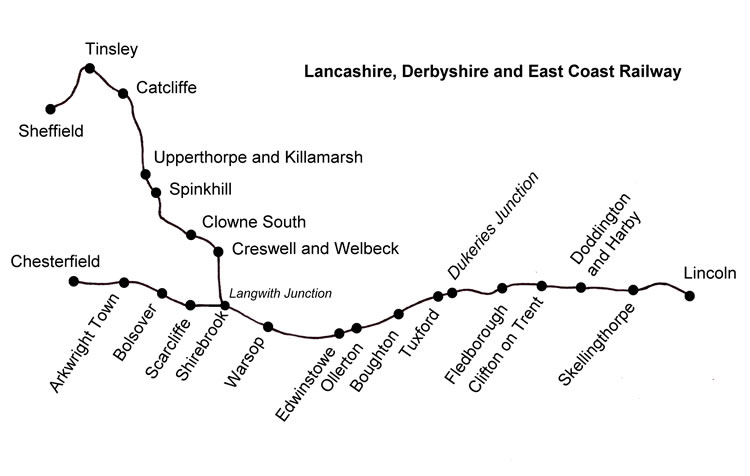
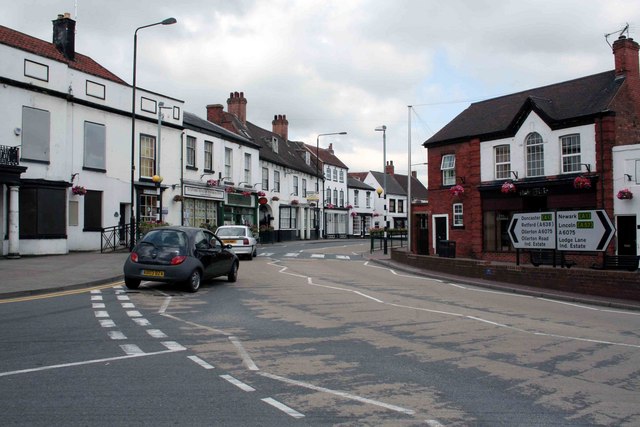
.jpg)

